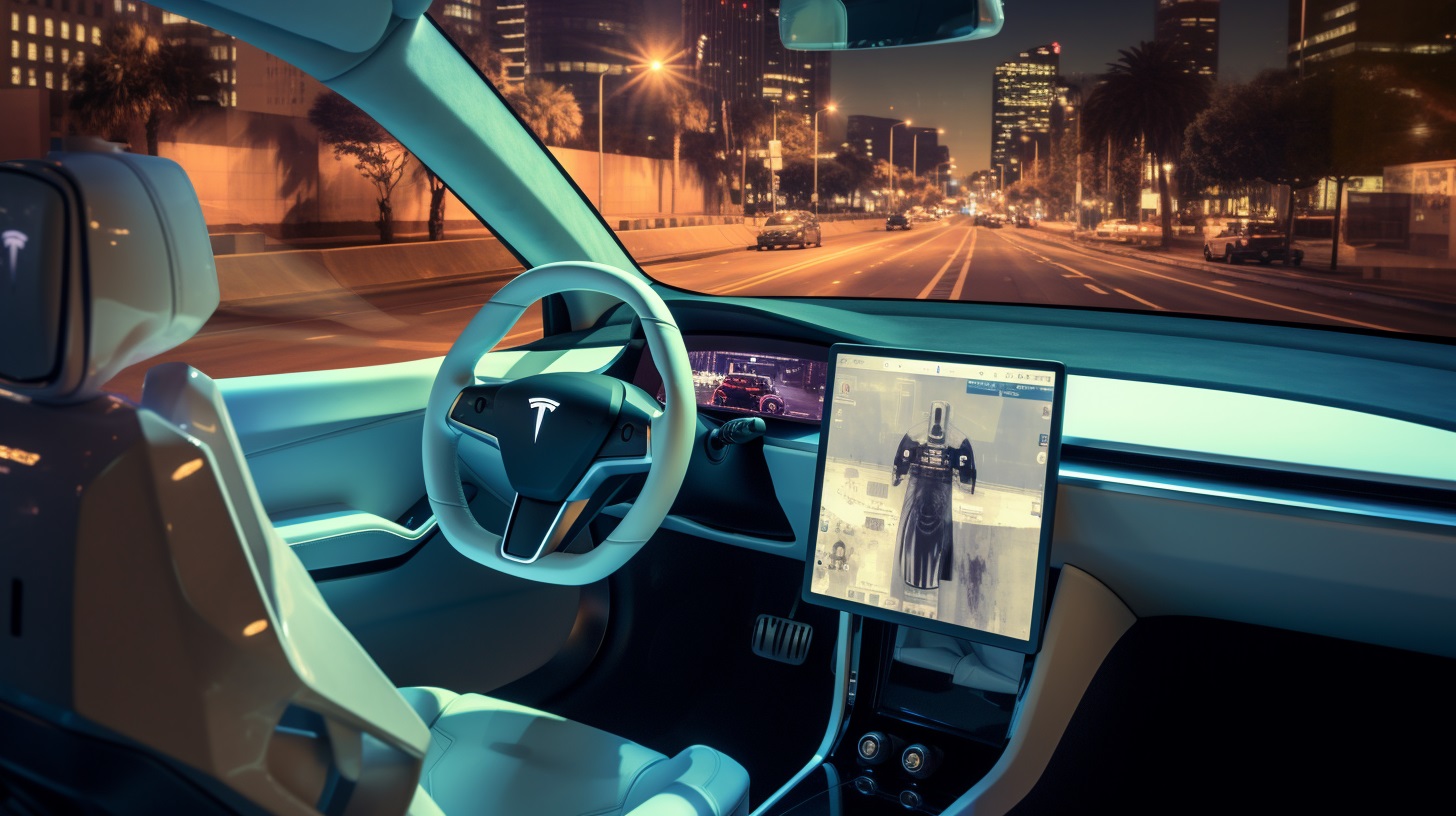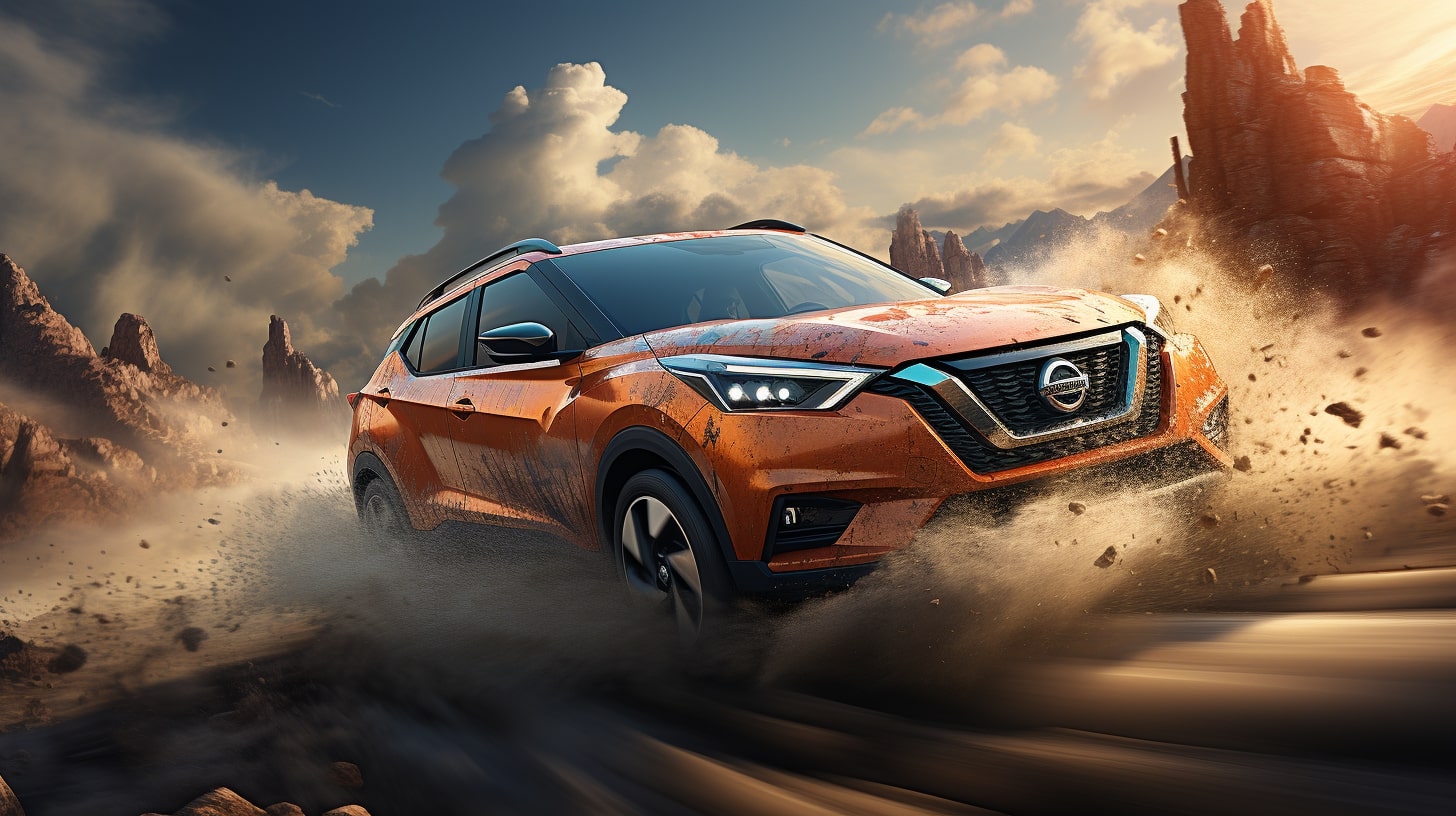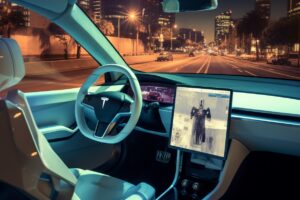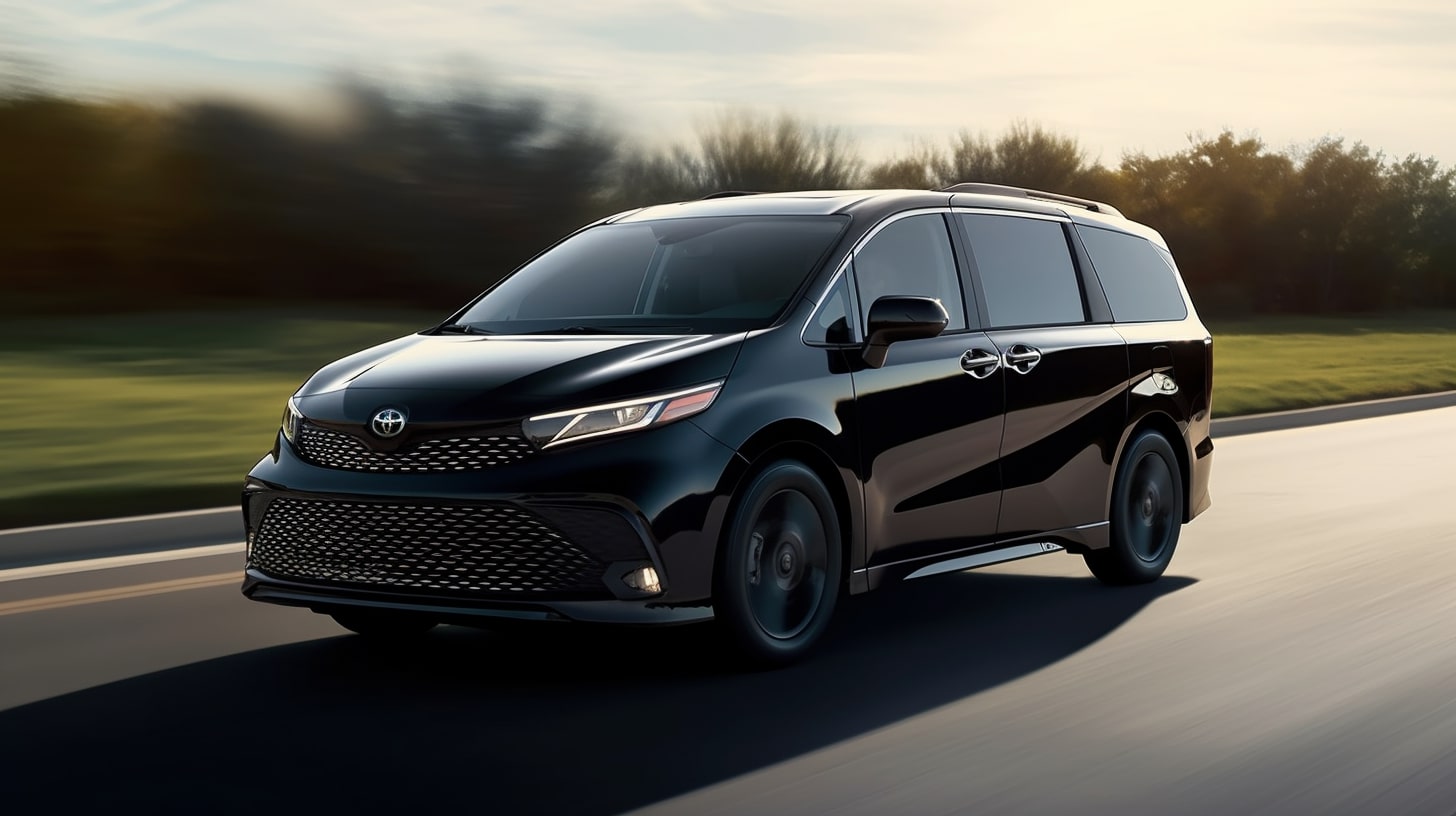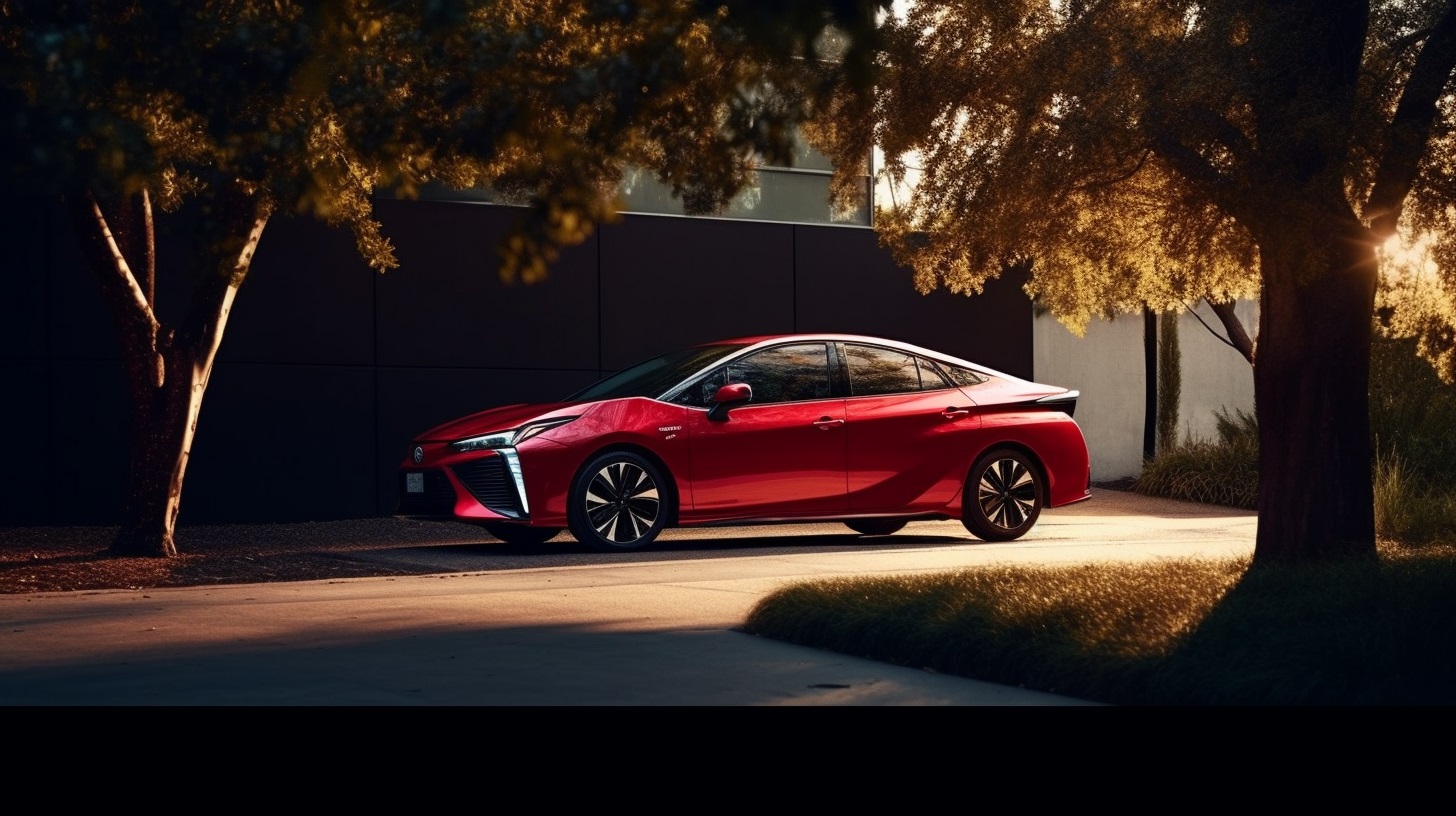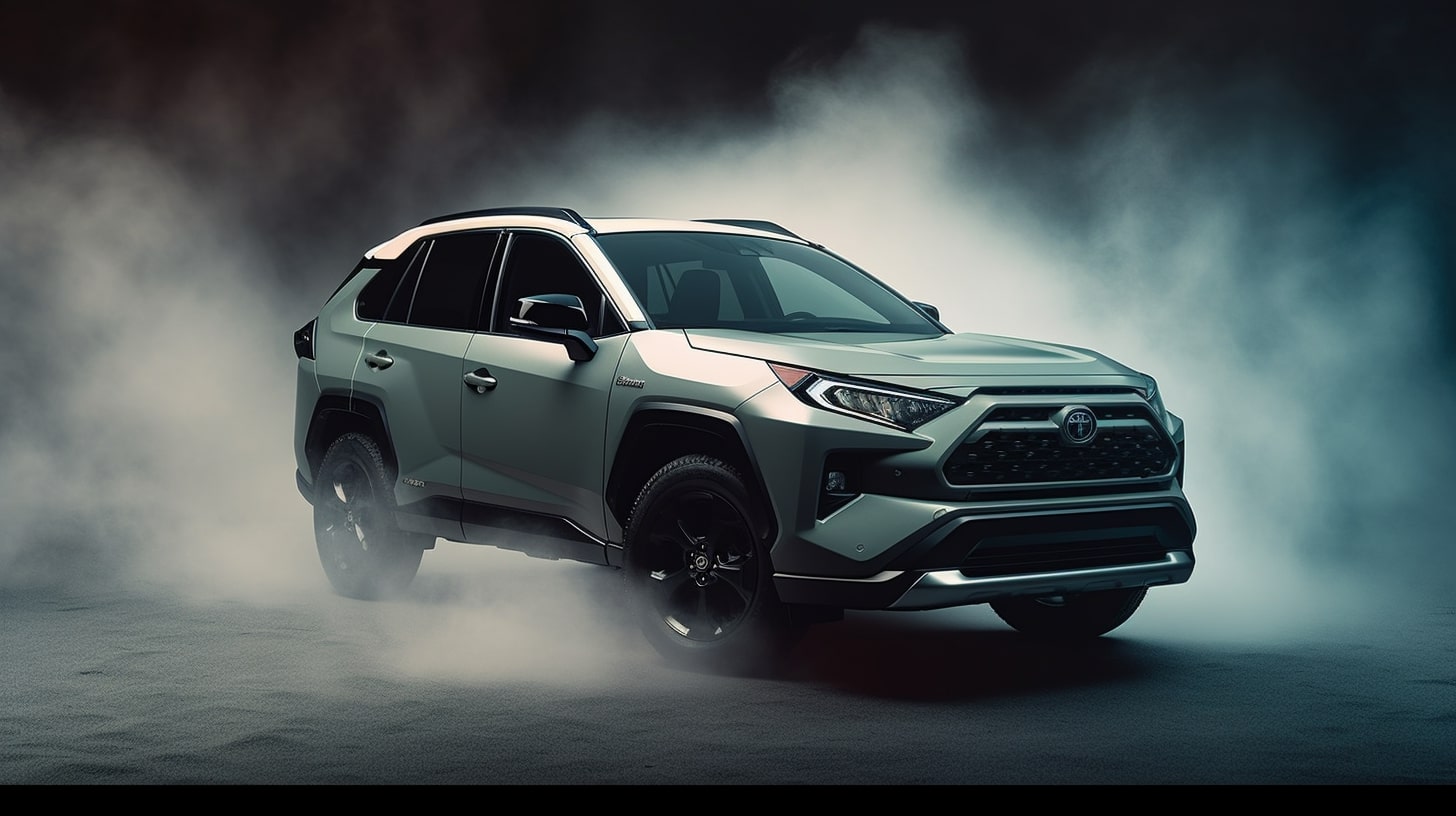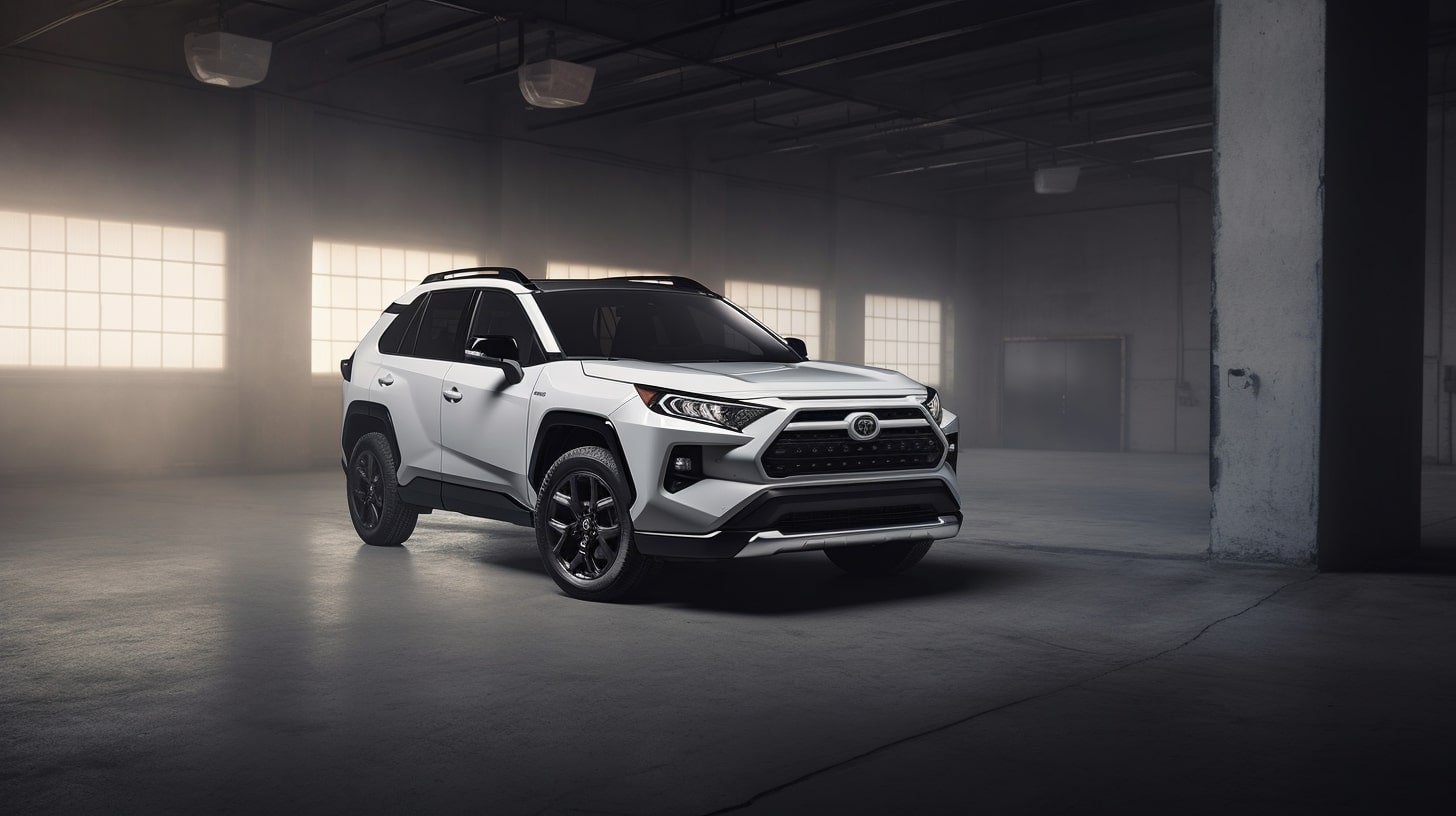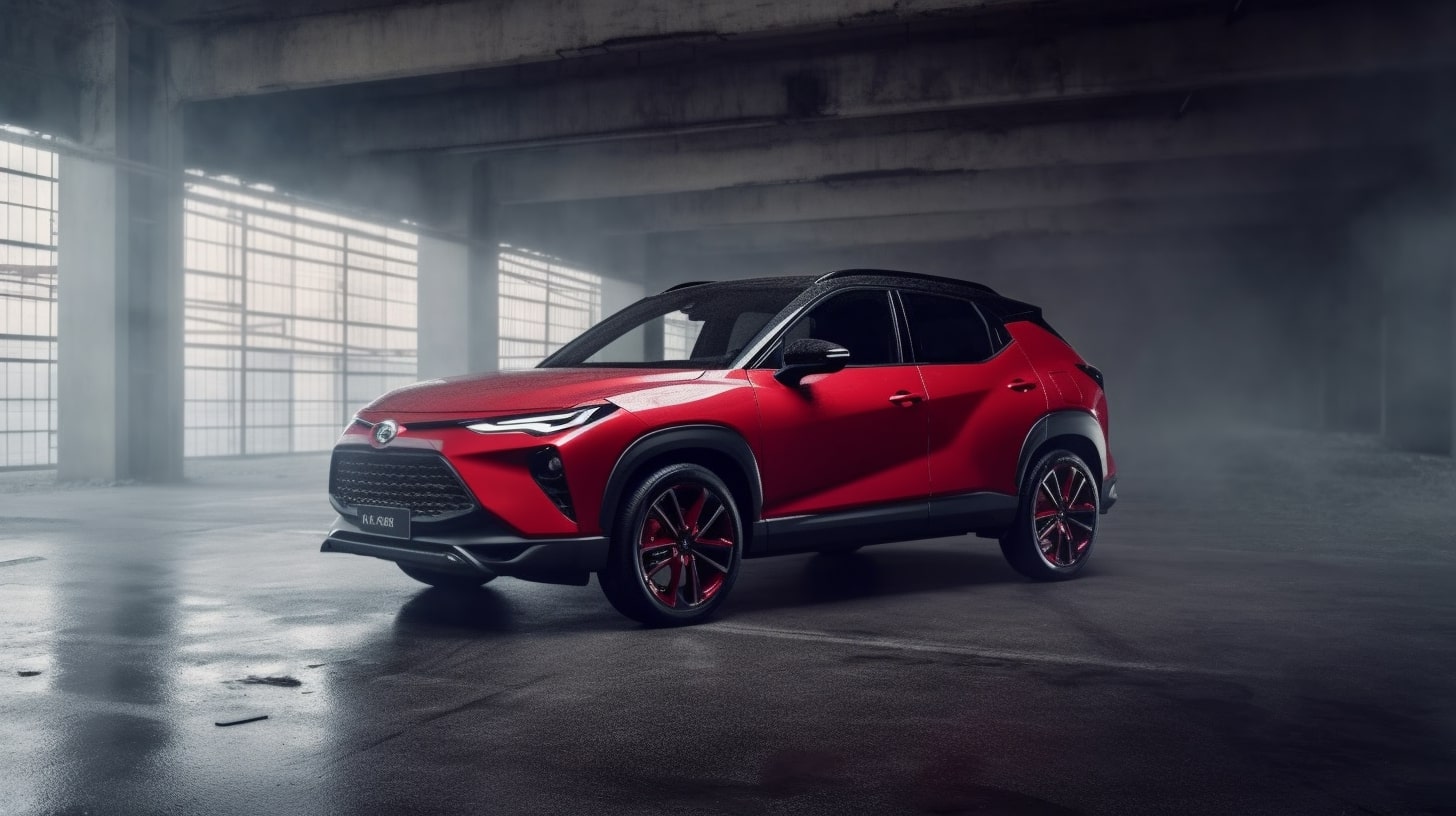Introduction
Tesla Autopilot, a groundbreaking suite of advanced driver-assistance system (ADAS) features, has been transforming the way we drive. With cutting-edge technology and continuous advancements, Tesla Autopilot has revolutionized the future of driving, offering increased safety, convenience, and an unparalleled driving experience. In this article, we delve into the features and capabilities of Tesla Autopilot and explore its journey towards full autonomous driving.
Understanding Tesla Autopilot
Tesla Autopilot is an SAE International Level 2 vehicle automation system that combines various advanced features to enhance the driving experience. Some of the key features include:
Lane Centering
It utilizes advanced sensors and cameras to detect lane markings and ensure that the vehicle stays centered within its lane. This feature provides a higher level of control and stability during highway driving [1][5].
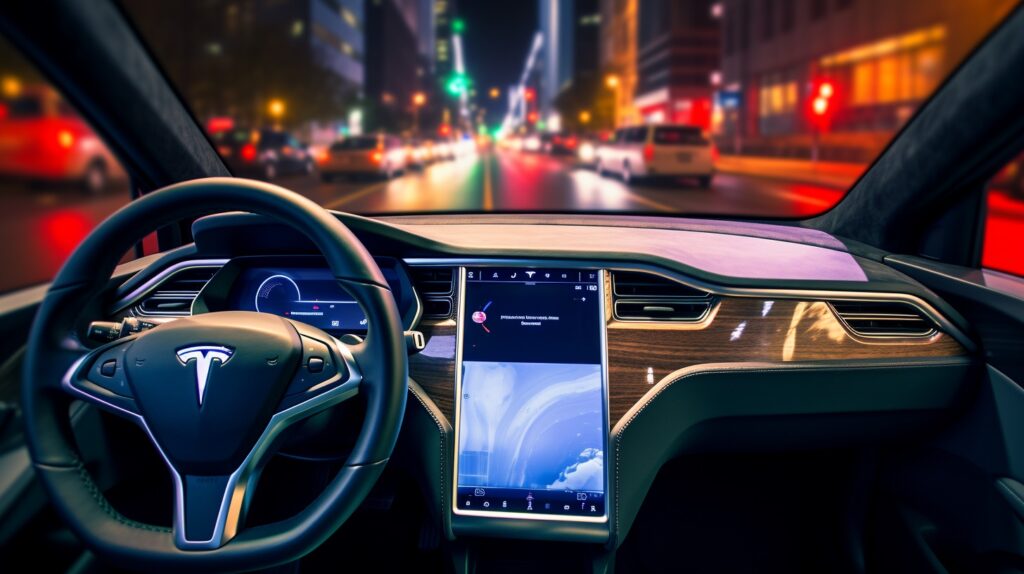
Traffic-Aware Cruise Control
By leveraging its sensor capabilities, Tesla Autopilot enables the vehicle to adapt its speed to match the surrounding traffic. This feature enhances safety and reduces the driver’s workload by automatically maintaining a safe distance from other vehicles [1][3].
Automatic Lane Changes
Tesla Autopilot incorporates intelligent algorithms to detect and execute lane changes when necessary. The system evaluates the traffic conditions and executes smooth lane changes, adding convenience and reducing driver effort [1][3].
Semi-Autonomous Navigation on Limited Access Freeways
With Tesla Autopilot, drivers can experience semi-autonomous navigation on limited access freeways. The system utilizes its advanced sensors and cameras to steer, accelerate, and brake the vehicle, reducing the driver’s workload during long highway drives [1][3].
Self-Parking and Summoning
It empowers drivers with the ability to park their vehicles automatically in both parallel and perpendicular spaces. Additionally, the system allows users to summon their Tesla vehicles from a garage or parking spot with ease, enhancing convenience and maneuverability [1][3].

Advancements and Future Goals
While it currently operates at Level 2 vehicle automation, Tesla has set its sights on achieving full autonomous driving (SAE Level 5) in the future. The company acknowledges that certain technical and regulatory challenges need to be overcome to realize this ambitious goal [1][4].
Full Self-Driving Capability (FSD) Beta Program
In October 2020, Tesla initiated the Full Self-Driving (FSD) beta program in the United States, allowing a select group of Tesla owners to test the advanced autonomous features of Tesla Autopilot. This program aims to collect real-world data and feedback to further refine and improve the system’s capabilities. Tesla remains committed to enhancing its Autopilot technology and gradually expanding the FSD beta program to more Tesla owners in the future [1][4].
Tesla’s approach to achieving full autonomous driving involves continuous software updates and over-the-air improvements. By leveraging machine learning and artificial intelligence, Tesla Autopilot can learn from real-world driving data and adapt to various scenarios, making it increasingly capable and reliable over time. These regular updates enable Tesla vehicles to benefit from the latest advancements and stay at the forefront of autonomous driving technology [1][4].
One of the key advantages of Tesla Autopilot is its focus on safety. Tesla vehicles are equipped with a comprehensive suite of safety features, including forward-facing radar, ultrasonic sensors, and a vast array of cameras. These sensors work in harmony to provide a detailed and accurate understanding of the vehicle’s surroundings, allowing Autopilot to make informed decisions and respond to potential hazards on the road. Tesla’s commitment to safety is reflected in its continuous improvement of Autopilot’s capabilities, reducing the likelihood of accidents and making driving safer for everyone [1][5].
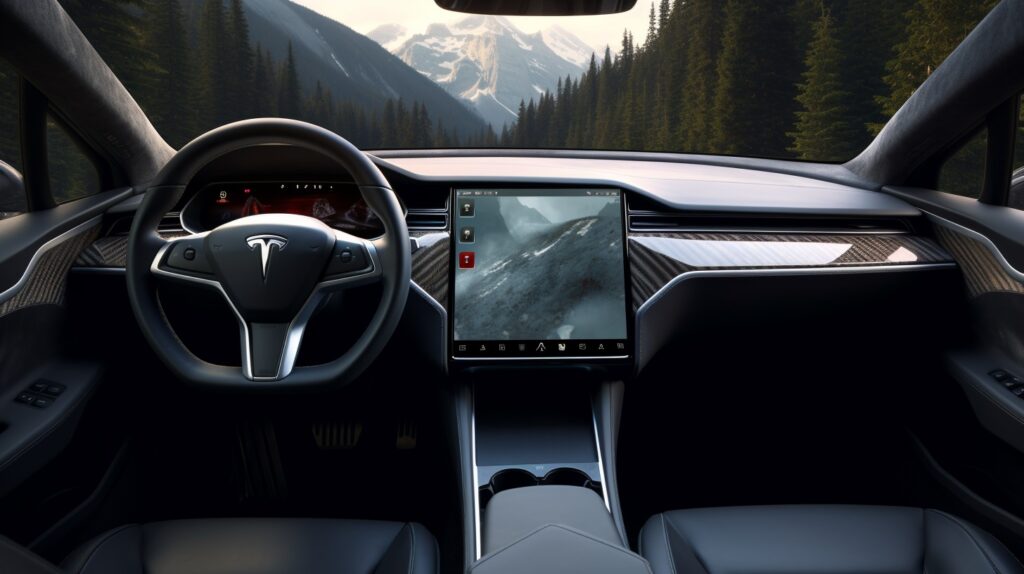
However, it’s important to note that despite its advanced features, Tesla Autopilot is not a fully autonomous driving system. The driver remains responsible for staying alert, monitoring the road, and being ready to take control of the vehicle at any time. Tesla emphasizes the importance of driver supervision and encourages users to use Autopilot as a driver-assistance tool rather than a completely autonomous solution. This approach ensures the safety and well-being of both the driver and other road users [1][5].
In conclusion, Tesla Autopilot has revolutionized the future of driving by introducing advanced driver-assistance features that enhance safety, convenience, and overall driving experience. With its continuous software updates and commitment to achieving full autonomous driving, Tesla is pushing the boundaries of technology and paving the way for a future where autonomous vehicles are commonplace. As Tesla continues to innovate and refine its Autopilot system, we can expect even more exciting advancements that will shape the future of transportation.
